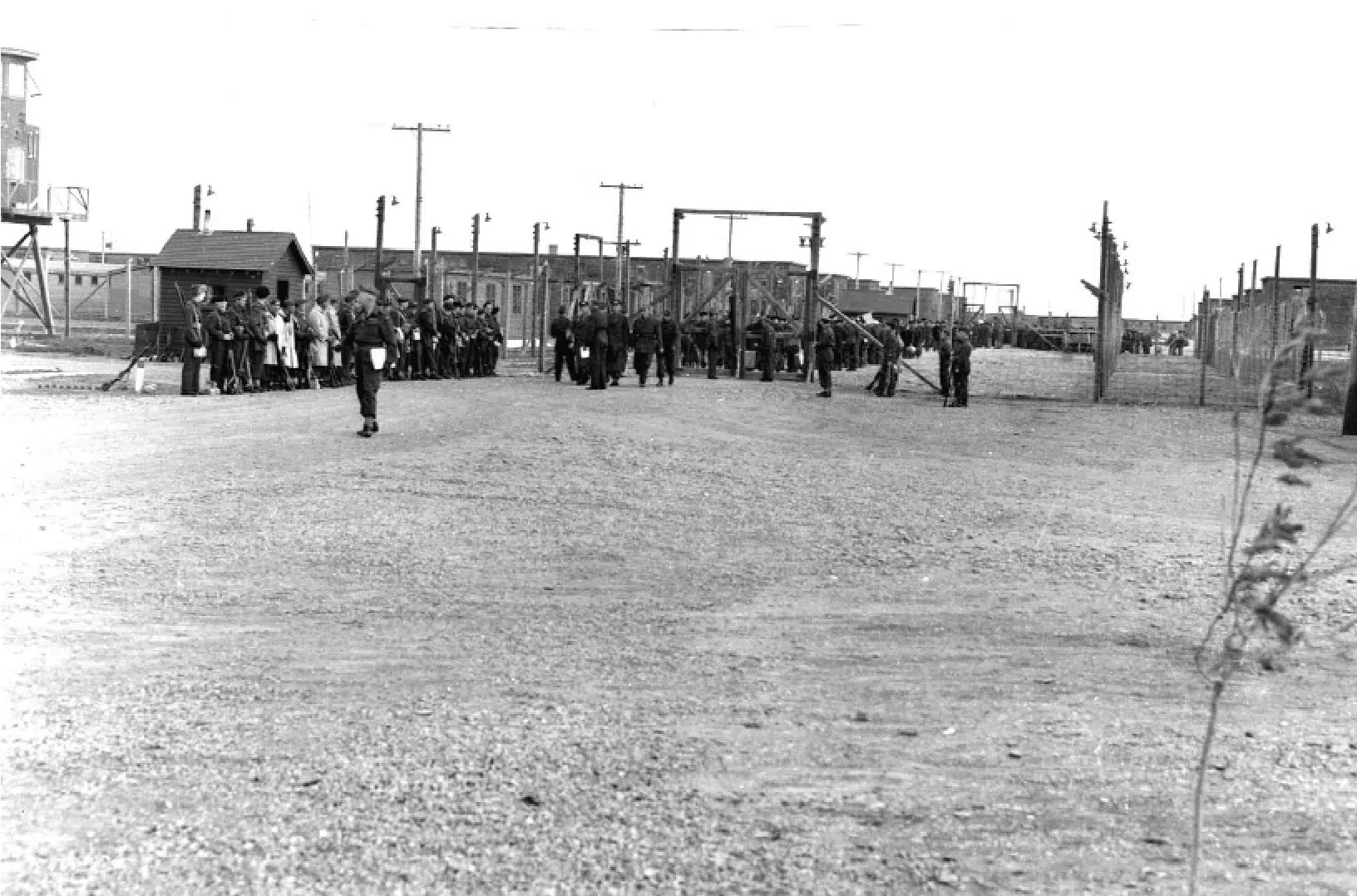
11 Days of Remembrance: German POW Camps
LETHBRIDGE – During the Second World War, and under the Mackenzie King government, German Prisoner of War (POW) camps were constructed from Alberta to New Brunswick, with the two largest sites in Lethbridge and Medicine Hat.
Post WW1, the Canadian government adopted the Geneva Convention and sought after better treatment of prisoners and enemy aliens. In turn, Lethbridge’s Camp 133, located just north of 5th Ave. and 28th St. boasted many amenities for POWs. According to Graham Chandler’s article entitled “The Happiest Prisoners” found in the March 2012 edition of The Legion Magazine, the Lethbridge and Medicine Hat POW sites could house 12,500 prisoners each and individually possessed 350-man dormitories, two 3,000-man recreation halls, six educational huts, six workshops and six dining halls.
Southern Alberta military historian Glen Miller noted unlike the First World War which detained Canadian citizens and immigrants without trial and often without reason, Lethbridge’s WW2 POW track record supported a far greater human rights agenda.
“We honoured all of those who served,” he explained. “As part of the POW camp we gave full military funerals for any German POW’s that died while in Canada.”


